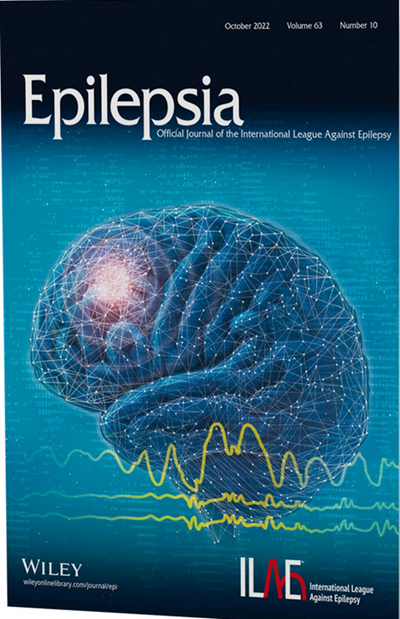Effects of epileptic seizures on the quality of biosignals recorded from wearables
Abstract
Objective
Wearable nonelectroencephalographic biosignal recordings captured from the wrist offer enormous potential for seizure monitoring. However, signal quality remains a challenging factor affecting data reliability. Models trained for seizure detection depend on the quality of recordings in peri-ictal periods in performing a feature-based separation of ictal periods from interictal periods. Thus, this study aims to investigate the effect of epileptic seizures on signal quality, ensuring accurate and reliable monitoring.
Methods
This study assesses the signal quality of wearable data during peri-ictal phases of generalized tonic–clonic and focal to bilateral tonic–clonic seizures (TCS), focal motor seizures (FMS), and focal nonmotor seizures (FNMS). We evaluated accelerometer (ACC) activity and the signal quality of electrodermal activity (EDA) and blood volume pulse (BVP) data. Additionally, we analyzed the influence of peri-ictal movements as assessed by ACC (ACC activity) on signal quality and examined intraictal subphases of focal to bilateral TCS.
Results
We analyzed 386 seizures from 111 individuals in three international epilepsy monitoring units. BVP signal quality and ACC activity levels differed between all seizure types. We found the largest decrease in BVP signal quality and increase in ACC activity when comparing the ictal phase to the pre- and postictal phases for TCS. Additionally, ACC activity was strongly negatively correlated with BVP signal quality for TCS and FMS, and weakly for FNMS. Intraictal analysis revealed that tonic and clonic subphases have the lowest BVP signal quality and the highest ACC activity.
Significance
Motor elements of seizures significantly impair BVP signal quality, but do not have significant effect on EDA signal quality, as assessed by wrist-worn wearables. The results underscore the importance of signal quality assessment methods and careful selection of robust modalities to ensure reliable seizure detection. Future research is needed to explain whether seizure detection models' decisions are based on signal responses induced by physiological processes as opposed to artifacts.


 求助内容:
求助内容: 应助结果提醒方式:
应助结果提醒方式:


